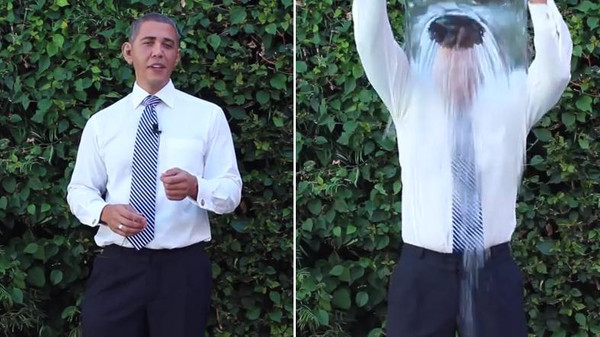Money raised through the viral campaign led to a breakthrough
8 Agustus 2016 17:01
Brilio.net/en - Two years ago, it was all over our Facebook feeds and Twitter timelines: people throwing a bucket filled with ice-cold water ontothemselves before challengingother peopleto do the same. Now, there are some real results
The aim of the challenge was to raise awareness and funding for arare disease called amyotrophic lateral sclerosis, also called Lou Gehrig's disease, commonlyknown as ALS. Scientists have now identified the gene that causes it.
Background
ALS is a degenerative disease that attacks the motor neurones of the nervous system and gradually paralyzes patients. Death usually occurs within three to five years after the initialdiagnosis.
After celebrities like Bill Gatesstarted getting involved, the trend went viral.
The Ice bucket challenge started with former baseball player Pete Frates, who was affected by ALS himself. The challenge built momentum withthe help ofthe ALS Association and Facebook CEOMark Zuckerberg, who was one of the first to take part and encouraged others to do the same.
The challenge was simple: record yourself pouring an ice-cold bucket over yourhead and nominate three of your friends to do the same.Then you make a donation to the association.

This kind of viral challengeis a very common practice on social media, but the ALS ice bucket challenge is one of the most popular ever.
About 3 million people(counted by Facebook) took part in less than a month, and a host of public figures and celebrities took part, including Oprah Winfrey, Benedict Cumberbatch, Justin Timberlake, Britney Spears, Lady Gaga and even US President Barack Obama.

Genetic discovery
The most spectacular results are the discovery of the gene responsible for the disease which has nowfinally been identified by scientists.
The identification of this new gene involved in ALS mechanism and its origins were published this week in an article in the scientific journalNature Genetics. Called NEK1, it could even provide a basis for gene therapy to cure other degenerative diseases.
The success came thanks to the extensive network of researchers that was set up after with funds from the challengeas well as the large number of samples they had to work with following the increase in ALS's profile.
Beyond being a scientific success, the Ice Bucket Challenge is also an amazing illustration of the power people havewhen they work together.